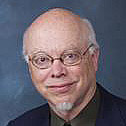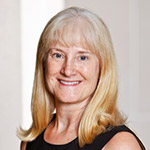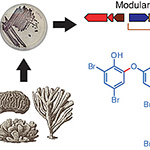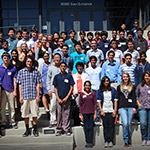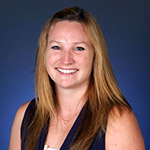McKerrow Appointed Dean of Skaggs School of Pharmacy and Pharmaceutical Sciences
Effective July 1, 2014, James H. McKerrow, MD, PhD, will become the second dean of the Skaggs School of Pharmacy and Pharmaceutical Sciences at the University of California, San Diego. McKerrow will join UC San Diego from UC San Francisco, where he served as professor of pathology and director of the Center for Discovery and Innovation in Parasitic Diseases.
